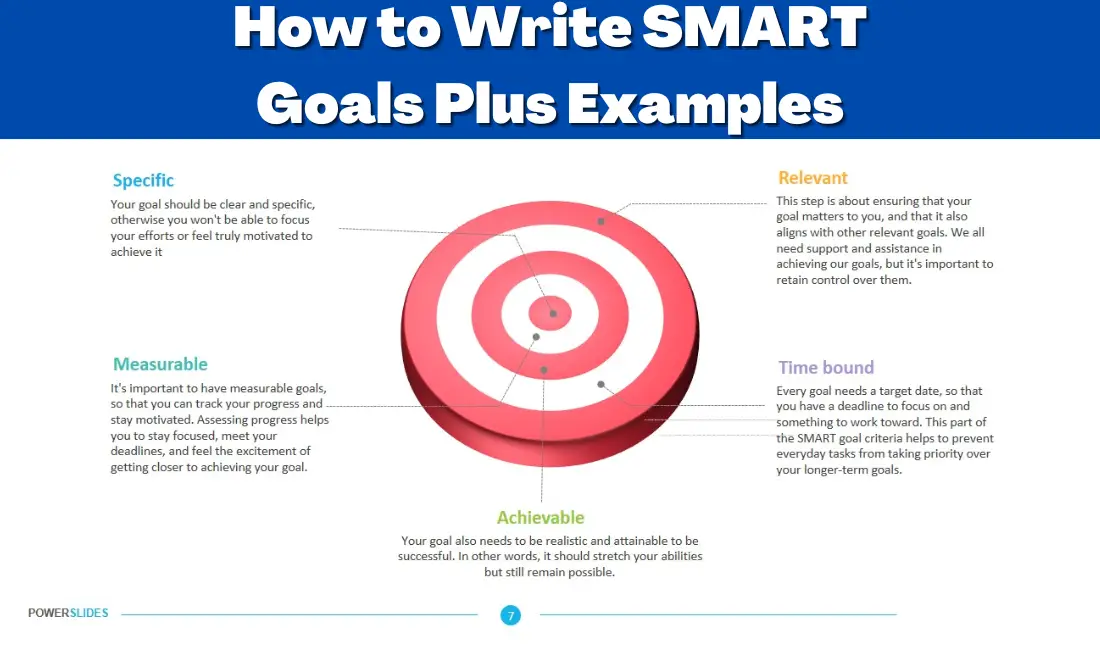If you’re looking to make your life easier, then you need to start writing SMART goals. Not only will writing SMART goals help you stay on track and achieve your goals, but it’ll also make it much easier for you to measure your progress. In this article, we’ll show you how to write SMART goals plus some examples so that you can get started right away.
Have you ever struggled to come up with goals that are both ambitious and achievable? Do you find it hard to make sure that your goals reflect what’s important to you, and not just what you think is important at the moment? If so, you’re not alone.
But worry no more! In this article, we’ll show you how to create SMART goals – goals that are Specific, Measurable, Achievable, Relevant, and Time-bound. Plus, we’ve got a few example goals to get you started.
If you want to achieve your goals, then you need to set SMART goals. SMART stands for Specific, Measurable, Achievable, Relevant and Time-Based. Goals must be specific so that you know exactly what you’re trying to accomplish. They should be measurable so that you can track your progress and see whether or not you’re making headway, and they should be achievable – in other words, they shouldn’t be too hard or too easy but just right. Finally, your goals should be relevant to you and the situation you’re facing at the moment. And they should be time-based – in other words, your goal should have a deadline so that you know when it needs to be accomplished.
What are SMART Goals?
SMART Goals are Specific, Measurable, Achievable, Relevant, Time-bound, and Tracked.
The acronym is acronym for Specific, Measurable, Achievable, Relevant, Time-bound, and Tracked. While these goals may seem like common sense, it’s important to make sure your goals are specific enough that you can track them and measure their progress.
For example, if your goal is to lose weight, make sure your goal is to lose weight by a certain number on the scale rather than simply losing weight. This will make it easier for you to measure your success.
There are many different ways to write SMART goals.
Here are some examples:
Specific: My goal is to improve my reading speed by x percent within the next year.
Measurable: I will track my reading speed every day using a timer app.
Achievable: I will aim to read at least 150 words per minute by the end of the year.
Relevant: My reading speed affects my job performance and salary potential.
Time-bound: The deadline for achieving my goal is December 31st this year.
How to Make SMART Goals
Making goals can seem daunting, but with a little creativity and organization, you can create SMART goals that will help you achieve your desired outcome.
Here are five tips for making SMART goals:
1. Make your goal specific. Be clear about what you want to achieve and why it is important to you.
2. Assign a time frame to your goal. Set a deadline for when you want to have achieved your goal.
Don’t miss>>>
- What Is Email Marketing? A Beginner’s Guide
- A Guide to Writing a Winning Business Proposal
- Best Practices and Tips for Creating a Business Email
3. Break down your goal into manageable steps. Know exactly what you have to do in order to reach your goal.
4. Reward yourself for milestones along the way. Dedicate some time or money to celebrating each success along the way.
5. Take care of yourself while achieving your goal. Make sure to get enough sleep, eat healthy foods, and exercise regularly in order to stay on track.
How to Check Your SMART Goals
If you’re looking for an easy way to keep track of your progress in achieving your goals, check out the SMART goal-setting method. This simple system can help you focus on specific, measurable, achievable, relevant, and time-bound objectives.
Here’s a quick overview of each element of the SMART goal-setting model:

1) Specific: Make sure your goals are specific and detailed enough so that you can track and measure your progress.
2) Measurable: Make sure your goals are quantifiable so you can see how well you’re doing.
3) Achievable: Make sure your goals are realistic and within reach.
4) Relevant: Make sure your goals are relevant to your overall mission or goal.
5) Time-bound: Set deadlines for yourself to keep you motivated and on track.
To help you stay on track with your goals, use the SMART goal checker tool.
The SMART goal checker can help you see if your goals are specific, Measurable, Achievable, Relevant, Time-Based, and Results- Oriented.
How to Achieve Your SMART Goals
Setting SMART Goals is important, but it’s not enough – you also need to make sure your goals are achievable. This guide will help you create realistic and achievable goals that will help you reach your goals.
1. State the goal in a concise, easily understood format
2. Identify the specific actions that need to be completed in order for the goal to be achieved
3. Estimate how long it will take to complete the action steps required to achieve the goal
4. Include a backup plan in case something unexpected happens that prevents the completion of the goal
5. Celebrate progress along the way!
Here are some examples of SMART goals:
-Become a better writer by writing 500 words each week
-Complete two 50-minute workouts per week for six weeks
-Save $200 every month for six months